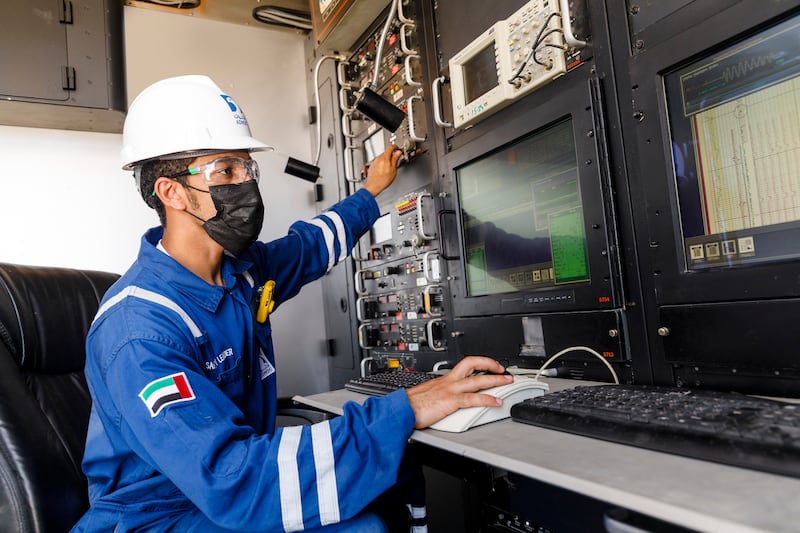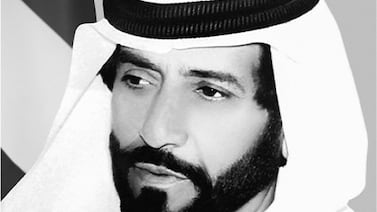Innovative methods of exploration for oil and gas, the increasing use of mobile rigs, and the application of new technologies including sensors and artificial intelligence, have helped Adnoc Drilling to improve levels of efficiency, safety and sustainability as it supports the growth of Abu Dhabi’s energy sector.
Drilling infrastructure is the backbone of any oil company. Upstream operators around the world rely on huge structures of steel and metal to explore for, mine, and extract hydrocarbon resources buried deep under the earth's surface. Abu Dhabi National Oil Company, which started operations in 1971, has come a long way. The state-owned oil company is currently on track to expand its production capacity to 5 million barrels per day by 2030.
Adnoc operates in a new global landscape, where fossil fuels play a supportive role as countries prepare for an inevitable energy transition. The UAE accounts for 5.6 per cent of the world's proven oil reserves and 3.2 per cent of all gas, according to the BP Statistical Review of World Energy 2021. Adnoc owns and operates most of the UAE's oil and gas concessions in collaboration with foreign partners.
The UAE, Opec's third-largest producer has some of the lowest cost barrels of oil in the world. Adnoc, which is preparing to diversify its energy offerings in line with the UAE's planned commitments towards clean energy, is increasingly streamlining its drilling operations and generating environmental and cost efficiencies.
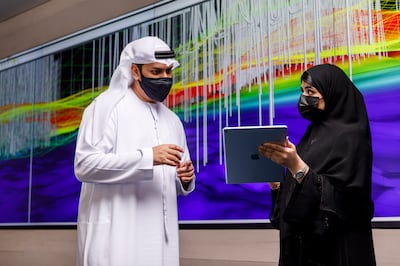
Supporting Adnoc’s growth
A key driver for the company's growth since 1972 has been its subsidiary, Adnoc Drilling, which operates the largest rig fleet in the region. Adnoc Drilling has an expansive fleet of 96 multipurpose onshore and offshore rigs. As Adnoc expanded its production capacity, its rig fleet also grew to 96 today from 29 in 2010.
The company operates around 10,000 wells, which stretch across an area of 19,960 square kilometres to date, to support oil and gas production onshore and offshore the UAE. The UAE's oil production averaged 3.6 million bpd in 2020, according to the BP Statistical Review of World Energy 2021. Production of gas, a fuel the UAE uses largely to generate electricity has also surged.
Adnoc is looking to tap newly-discovered reserves of gas and reach self-sufficiency in the fuel. Production of gas in the UAE reached 55.4 billion cubic metres last year. As the company looks to increase the capacity to produce crude as well as gas, it is employing new methods of drilling to achieve efficiency. Using enhanced and integrated operations, Adnoc Drilling reduced the time needed to move rigs between various operations by 25 per cent between 2017 and 2019.
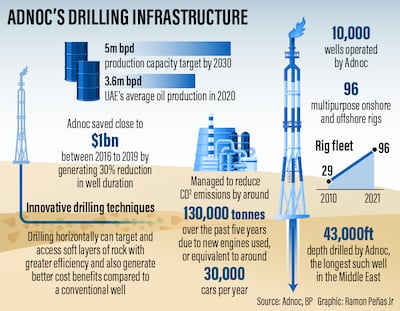
Much of the efficiency has been generated by adopting horizontal and directional drilling to help drill more efficiently and also lower environmental footprint. In June, Adnoc Drilling drilled the longest such well in the Middle East at a depth of 43,000 feet. Drilling horizontally, the company can target and access soft layers of rock with greater efficiency and also generate better cost benefits compared to a conventional well. The regular vertical method of drilling in comparison causes greater logistical issues and results in less oil extraction.
Innovative drilling techniques
With horizontal drilling, the company can produce up to three times more oil and access a wider span of the reservoir in comparison with conventional methods.
"The normal conventional way, of drilling with a platform by a jacket rig was taking from 60 to 80 days. And we started drilling these [extended reach] wells - at the beginning it was very difficult because it took more than 100 to 130 days and now we've completed the longest well by 66 days," says Hamad Al Junaibi, senior vice president of operations - offshore at Adnoc Drilling.
The extended reach wells help the company avoid drilling in areas with significant environmental and ecological value. It allows the operator to drill under the area rather than drilling directly within those sensitive regions. Walking rigs, which move between assets without requiring additional infrastructure build are also a popular way to raise efficiency and lower costs. The company began employing such equipment manufactured by the Chinese Honghua Group from 2013 onwards.

The Asian company has manufactured 9 of the rigs which "walk" across equipment with two land rigs also deployed on artificial islands, where Adnoc drills for hydrocarbons. Adnoc has invested in significant generation of local manufacturing value through its drilling activities. The company has invested more than Dh7bn by building 9 jack-up and 8 land rigs in the UAE. The jack-up rigs were built in the northern emirate of Sharjah by Lamprell and entered Adnoc's service in 2011.
Adnoc has managed to save nearly $1 billion between 2016 and 2019 by generating 30 per cent reduction in well duration. The company's use of advanced technology, such as integrity sensors has also helped generate a 30 per cent reduction on logging time over the last two years. Adnoc Drilling also helped save $20 million by lowering well delivery time by shaving off 422 days of operation.
Presently, Adnoc is proceeding with significant work in drilling activities as it works to raise production capacity. In July, Adnoc awarded $763.7m (Dh2.8bn) worth of contracts to expand production from its offshore Upper Zakum and Satah Al Razboot (Sarb) fields as it aims to raise production capacity to 5 million barrels per day by 2030.
The company awarded the contracts for integrated rig-less services across six of its artificial islands to Schlumberger, Adnoc Drilling and Halliburton. While drilling for oil and gas offshore, the company uses artificial islands to help with the production of oil and gas offshore as they help lower costs and reduce environmental impact. It also allows the company to utilise lower-cost drilling rigs used on land instead of the more expensive offshore jack-up rigs.
Adnoc plans to grow its conventional drilling activity by 40 per cent by 2025 and substantially ramp up the number of its unconventional wells as part of its plans to increase capacity.
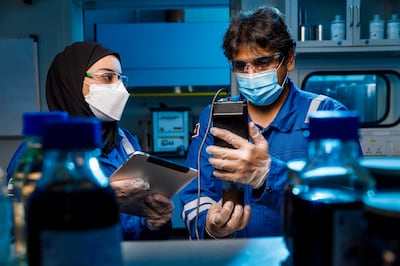
An emphasis on safety
Parallel to the growth in production across various assets, Adnoc is also navigating a global environment of increased scrutiny on the integrity and safety of oil and gas equipment. The recent explosion of an underwater pipeline operated by Pemex off the Gulf of Mexico has renewed concerns about the long-term safety of oil and gas infrastructure and the industry's impact on the environment.
"In general, we take good care of asset integrity. It costs us a bit, but we are putting the asset integrity and safety in real priority. When I do my operations meeting every Sunday, I usually I spend more than 50 per cent [of the time] in HSE [health safety and environment] as well as asset integrity," Mr Al Junaibi says.
The company is also increasingly adopting artificial intelligence in well maintenance. The technology helps to predict drill failure up to two hours ahead, thus significantly reducing potential loss of production time. Apart from ensuring safety, Adnoc is also striving to make sure that its upstream sector, which is traditionally the most carbon-emitting aspect of the oil and gas business, increasingly falls in line with its sustainability goals.
Adnoc is looking to lower its greenhouse gas emissions intensity by 25 per cent over the next ten years. The company's plans to lower its carbon footprint is also increasingly factored into its drilling subsidiary's work, particularly in health, safety and environment.
Its HSE policy “states clearly that we care about people, we have to make sure that no harm to people no harm to the environment and to conserve energy," says Muneef Ibrahim Mohamed Salem, manager, HSE at Adnoc Drilling. "In order to reach that point, to reduce the greenhouse gases emitted to the environment, we managed to get these new engines on rigs to generate power with the best technology available on the market," he added.
The engines used by Adnoc use less fuel, and therefore emit comparably less greenhouse gases into the environment.
"We managed to reduce the CO2 emissions of around 130,000 tonnes over the last five years, due to these new engines that we've been using, which is equivalent to around 30,000 cars a year," says Mr Salem.
